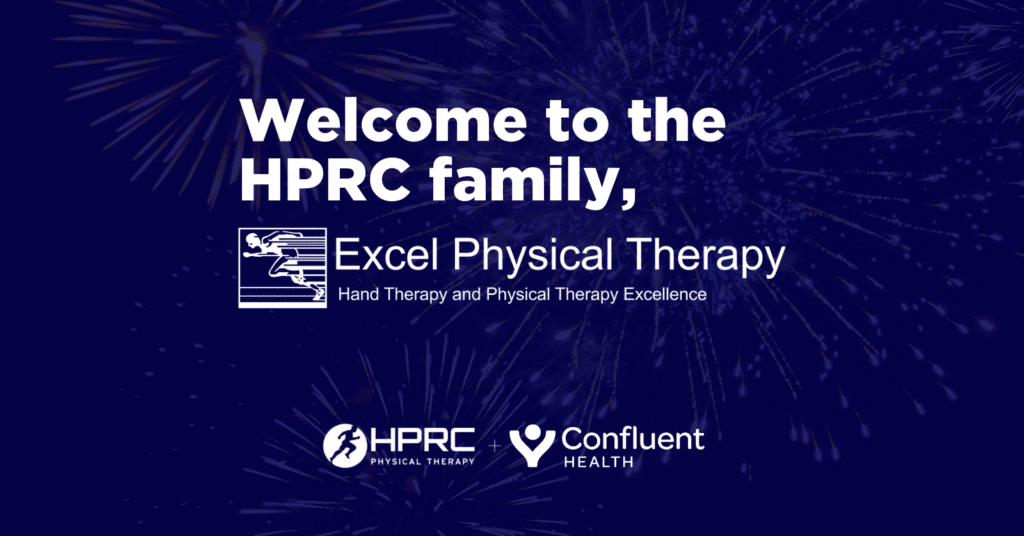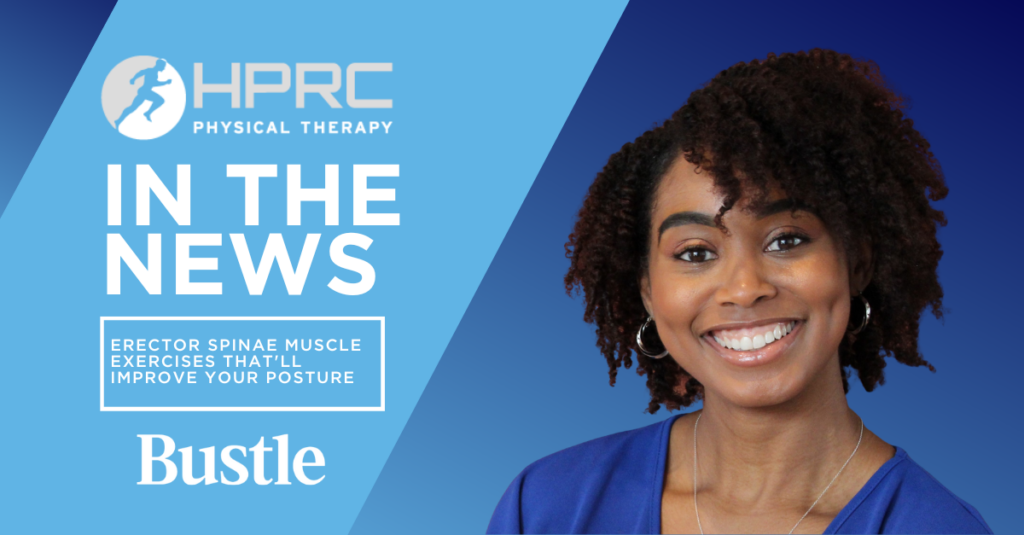Young female athletes are five times more likely to sustain an ACL tear than their male counterparts. This is especially common in explosive multidirectional sports like soccer or basketball. It’s important for girls to learn how to jump and land properly in order to prevent an ACL injury from occurring.
Female athletes from about 14-18 years of age are at greater risk than boys of injuring the anterior cruciate ligament (ACL). This is largely due hormonal changes. An increase in estrogen during puberty causes relaxation of the ligaments and the natural widening of the hips causes changes in biomechanics. A female athlete is likely not conscious of these new structural changes as she continues to snag rebounds or bolt across the soccer field. She may inadvertently land or stop stiff-kneed or in a locked position, and she might have a greater tendency to internally rotate the knee due to weakness of the developing outer hip.
In addition, a female athlete may be accustomed to using only the quadriceps instead of her developing hamstrings to control movements. All of these factors can put the ACL at risk.
It’s important to teach young women early on how to adjust the way they run and jump in competition in order to prevent an ACL tear. A physical therapist can screen an athlete to evaluate body mechanics, potential weakness and faulty movement patterns. Prevention is key. And it’s time well spent since a young athlete who has suffered an ACL tear is 70% more likely to suffer a re-injury.
Here are some strategies:
- Young athletes should be in shape for the demands of their chosen sport. This includes both cardiovascular capacity and muscular strength. During fatigue or exhaustion, even a small weakness or poor body mechanics can become a bigger problem.
- A good strengthening program will encourage better hamstring-to-quad strength ratio, which will help reduce reliance on quads only.
- Good lateral hip strength and hip abduction control will help maintain proper knee position so that a girl doesn’t experience what we call a valgus collapse, or the extra internal rotation of the femur and the knee falling inward.
- Proper proprioception is key. When the foot hits the ground, the knee should be properly positioned over it. This allows for strong core-hip stability during lunges, running and multidirectional activities.
Physical therapists don’t just treat patients after an injury. They also work with patients to prevent one from occurring.
Contact our Sports Performance specialists at HPRC’s MUV Fitness Clinic in Columbia, SC to learn more about the services offered to athletes.



